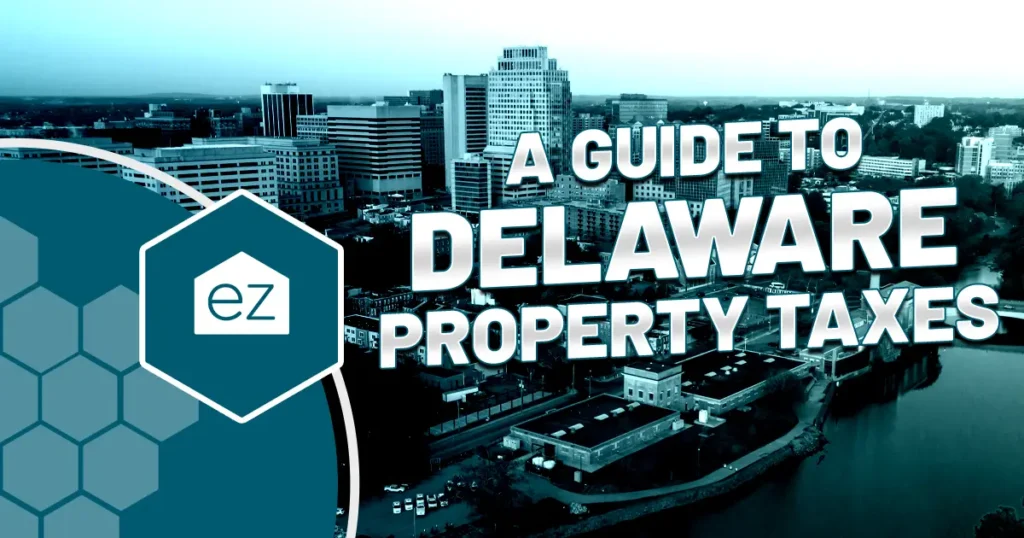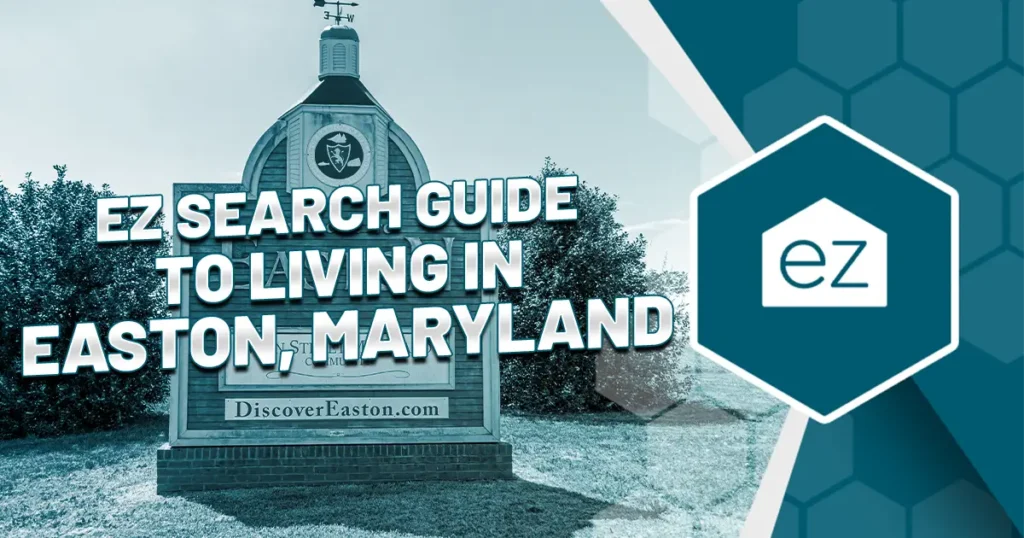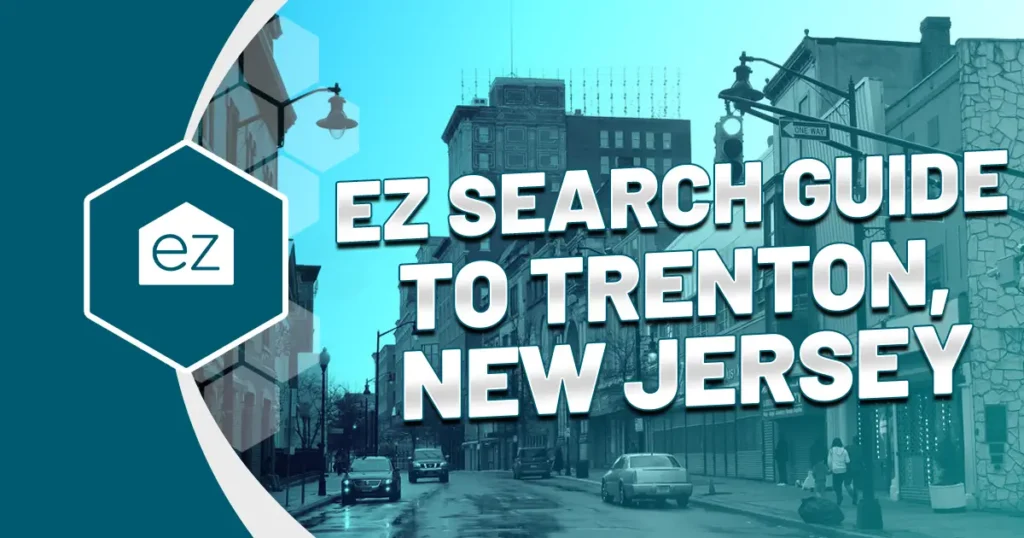What to Know Before Moving to Pennsylvania
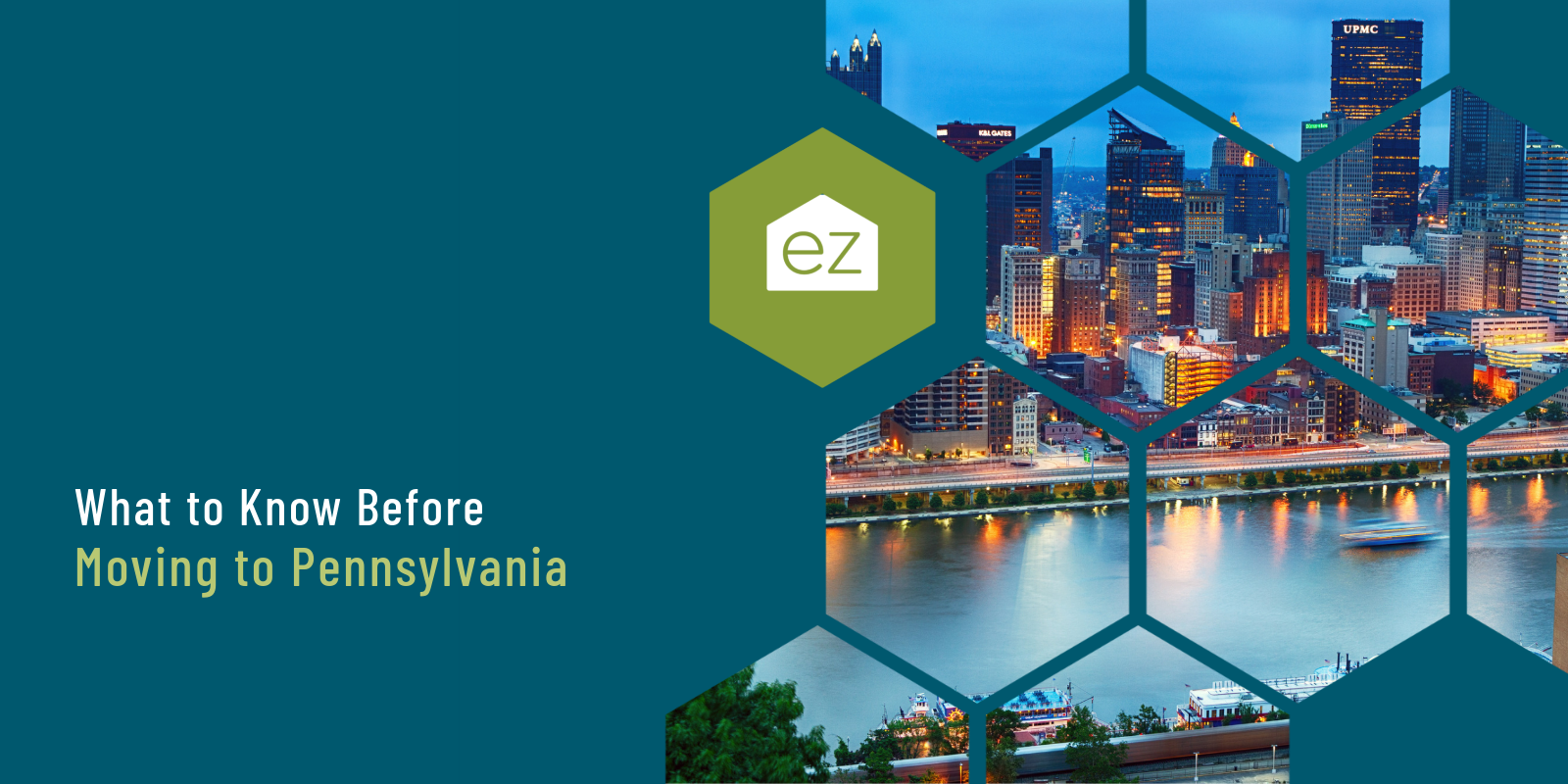
What to Know Before Moving to Pennsylvania
Everyone seems to know something about Pennsylvania. History buffs can recite Philadelphia facts, sports fans can regale you with key moments in Eagles or Steelers history, while others know Pennsylvania Dutch County. Some prize the food culture, as in the Philly cheesesteak or Hershey’s Chocolate World.
As you look deeper at the state, it’s clear there’s much to know about Pennsylvania. It’s a big state to cover, but that also means many opportunities if you’re considering moving to the state.
So let’s plunge into learning about Pennsylvania. This information can help you begin to understand what life is like in the state and if it’s a place you should call home.
Fast Facts

The first colonial settlements here date to 1643. Pennsylvania became a state in 1787, giving it a long and storied history in colonial America.
Pennsylvania is located in the Mid-Atlantic region of the United States. It’s nicknamed the Keystone State because of its central location in the original 13 colonies. Other monikers include Oil State, Coal State, and Quaker State.
Not only centrally located, but Pennsylvania also covers three distinct geographical regions: Mid-Atlantic, Appalachians, and Great Lakes.
The state has a population of almost 13 million people (as of 2022) and covers an area of 46,058 square miles.
Major cities are Philadelphia, Pittsburgh, Allentown, and Erie. Its capital city is Harrisburg.
Pennsylvania isn’t technically a state but a “Commonwealth,” just like Kentucky, Massachusetts, and Virginia.
Pennsylvania’s Regions
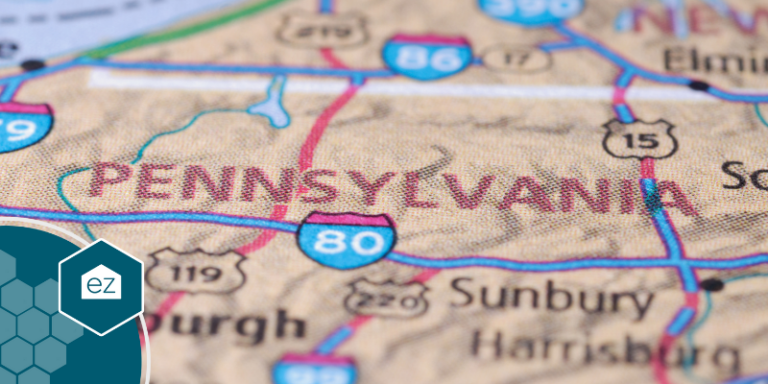
Pennsylvania’s diverse topography and wide span mean there’s a lot of territory to cover. Depending on who you ask, the state divides into 5-11 regions. Here are a few regions as identified by their tourism bureau:
Philadelphia Metro
The Philadelphia metro sits on a small strip of Atlantic Coastal Plain in southern Pennsylvania besides the Delaware River. It’s the most densely populated part of the state.
Dutch Country
Geographically south-central Pennsylvania, Dutch Country touches the Great Valley and Appalachian Mountains. It’s known for having the highest concentration of Dutch Amish, descendants of German immigrants seeking religious freedom.
Upstate PA
The state’s northeast corner runs along the New York border and features many lakes, mountains, and forests.
Pittsburgh Metro
This southwest region is known for its steel and industrial history. The city of Pittsburgh marks the beginning of the Appalachian Plateau, which extends to West Virginia. It’s the second most populated city in the state.
Alleghenies
The Allegheny Mountains run along the central part of the state. It’s known for its ski resorts, hiking, and outdoor recreation opportunities. The Pennsylvania State University (Penn State) is located here.
Pennsylvania Wilds
As the name suggests, the 2.2 million acres in the north-central part of Pennsylvania are abundant with state parks and forests. It is known for its unspoiled outdoor recreational opportunities.
Great Lakes
The northwest corner of the state abuts Lake Erie, famous for the canal of the same name. Find a mix of industrial cities and rural countryside dotted with lakes and rivers.
Where else can you go in Pennsylvania? There are even more regions to explore, like the Laurel Highlands, Pocono Mountains, Lehigh Valley, and Susquehanna.
Cost of Living

Pennsylvania’s average cost of living is slightly lower than the national average, coming in at about 5% under based on Sperling’s Best Places Index. The MERIC cost of living index agrees, placing Pennsylvania in the 29th position as of late 2021. It estimated residents pay $44,650 per year to live here, combining the average housing, health care, food, and utility costs.
The higher costs were in transportation, health care, and miscellaneous. Overall, housing came in 19% below average, but that will vary greatly depending on where you live in the state.
Job Market

Pennsylvania’s overall job market doesn’t look like the brightest. It had a 4% unemployment rate in November 2022, when the nation reported 3.7%. Even US News and World Report felt it had room to grow, ranking its economic opportunity as no. 27.
Historically, Pennsylvania has been known for its industrial and agricultural outputs. Coal and steel production, paired with the railroad industry, were key to the state’s growth. So has growing commodities like mushrooms.
Interestingly, Pennsylvania has given itself the nickname “Snack Food Capital of the World,” partly due to its high consumption but also for the 2,300+ companies specializing in food processing based in the state. Those include the world-famous Hershey’s, Turkey Hill, and Snyder’s of Hanover.
But there’s more to Pennsylvania than a declining steel industry and food processing. Pittsburgh’s affordability is turning it into a hot startup scene, particularly in the tech industry. Ten of the country’s largest law firms operate out of Philadelphia. There’s a robust government presence thanks to entities like the US Mint and a division of the Federal Reserve Bank.
To show the diversity of Pennsylvania’s industries, some of the top employers based on the number of employees include:
- Giant Food Stores
- Pennsylvania State University
- United Parcel Service (UPS)
- PNC Bank
- Wal-Mart
- The Children’s Hospital of Pennsylvania
- Merck Sharp & Dohme Corporation
- Wawa
Education
The brightest spot in the state’s education profile is preK-12 education, where US News and World Report ranked the state no. 17. The Pennsylvania Department of Education oversaw 500+ school districts. Like all states, the quality varies widely.

For higher education, the state came in no. 50 in the 2022 list. But don’t let that deter you, as Pennsylvania has some of the top-ranked universities in the nation!
The renowned University of Pennsylvania is often cited as one of the best in the world. Founded by Benjamin Franklin, it was no. 7 on the US News and World Report list and is well-known for its Wharton School of Business, Nursing, and Engineering and Applied Sciences. Also of high regard is Carnegie Mellon University, a private school in Pittsburgh with schools for business, computer science, and fine arts. Other top 100-ranked schools included Lehigh University, Villanova University, the University of Pittsburgh, and Pennsylvania State University. Temple University and Drexel University didn’t make the top 100 cut, but they are equally well-regarded for their higher education quality.
With so many top-ranked schools, why the low ranking? The metrics are based on two-year and four-year graduation rates, on-time completions, and student debt burden. Unfortunately, the four-year graduation rate was low, while tuition and fees were high.
Real Estate Market

One of the benefits of a state this big is its diversity in real estate offerings. Buyers can find historic downtown lofts, single-family homes in suburbia, or rural homesteads where they can escape it all.
Pennsylvania’s lower-than-average cost of living is partly thanks to the real estate market. According to Pennsylvania Association of Realtors, the median home sale price in November 2022 was $216,386, a year-over-year increase of 13%. That is much lower than the national average of $416K.
Of course, markets across the state will vary. Check out the median list prices for different parts of the state in January 2023:
- Philadelphia: $264,900
- Pittsburg: $225,000
- Allentown: $239,300
- Lancaster: $285,000
- Harrisburg: $225,000
- Erie: $154,900
Pennsylvania Taxes

The state income tax rate is a flat from 3.07% for residents, nonresidents employed in the state, estates, trusts, S-corporations, and LLCs not federally taxed as a corporation. Social security benefits are not taxed.
Sales tax is set at 6%, but local counties can levy up to an additional 2%.
Real estate taxes vary widely across the state, but homeowners typically paid 1.49% of their housing value in 2022, ranking them no. 11 on TaxFoundation.
Weather
Pennsylvania has four distinct seasons. Don’t move there without expecting snow in the winter! Fluctuations in the temperature range from 28F in the winter to 86F in July.
Summers can bring humid days, with sunshine and hot weather. Spring can bring a variety of weather patterns, including periods of rain or cool air. Severe thunderstorms and tornadoes can and do occur. Fall could be dry or wet; expect a cool-down period late fall into winter as the snow starts falling in parts of the state.
Southeast Pennsylvania will naturally be the warmest. If you’re near the Great Lakes, you can expect some heavy lake effect snows, so you’ll want to be prepared for digging out after a big storm. Elevation can also impact your weather pattern.
Outdoor Recreation
Pennsylvania prides itself on having top-notch outdoor recreation year-round, with over half its land covered in national parks, state parks, and forests. The state has its own “Grand Canyon” and direct Lake Erie access.
Winter months are perfect for skiing and snowboarding on some of the most popular slopes in the East. Select from 21 different ski resorts to shred the mountain or cross-country ski.
Summertime brings ample opportunities to get out into nature – from camping in one of the many sites across the state to swimming or boating at any number of lakes or rivers. The state counted 650 trails spanning 12,000 miles, so chances are high there’s probably a hiking or biking trail near you no matter where you live.
Don’t forget about its world-class fishing spots. Catch anything from trout in Allegheny mountain streams to bass in the Susquehanna River. Take a lazy multi-day canoe/camping trip or simply a day of leisurely boating on one of the many lakes.
Culture
If you’re into American history, visiting Pennsylvania is a must. Philadelphia has countless museums and sites, from the Liberty Bell to the Declaration of Independence. Stop at Gettysburg, the pivotal Civil War Battle site where Abraham Lincoln gave his famous Gettysburg Address.
See how midcentury tycoons lived with a tour of Carnegie Mansion in Pittsburgh or visit the Amish Country for a trip back to simpler times.
Foodies have multiple stops in the state. Hershey’s Chocolate World, the nation’s oldest brewery, and searching for the best Philly cheesesteaks are small slices of the whole food scene. Remember, this is the “Snack Capital of the World,” so be prepared to try and experience all kinds of cuisine.
The arts have a strong presence in the state, too. You can visit the Andy Warhol Museum or its Carnegie Museums in Pittsburgh. Philadelphia has its own Museum of Art, while locals love street festivals like the Milton Fringe Festival in Central Pennsylvania.
Sports
For sports fans, move to Pennsylvania, and you’ll be able to attend Eagles, Phillies, Flyers, Steelers, and Penguins games. In total, there are seven professional sports teams, from hockey to the NFL, and the fans are dedicated! Bleacher Report listed Philadelphia as the no. 3 city for sports fans in part due to the city’s staunch support of its local teams. Pittsburgh was on its heels at no. 8!
Plus, alumni and students are avid supporters of the college teams at Villanova University and Penn State. Year-round, you’ll stay busy supporting the local athletic talent.
Why move to Pennsylvania?
Pennsylvania is a great choice whether you move for work, school, or just to enjoy the lifestyle and scenery. From its history and culture to its outdoor recreation, Pennsylvania offers something for everyone. A cost of living that is below average paired with education and economic opportunities means you can “pursue your happiness” in Pennsylvania.
Start Your Home Search
Preston Guyton
Share this Post
Related Articles
City Guide
What to Know About Living in Atlantic City
City Guide
A Guide to Delaware Property Taxes
City Guide

